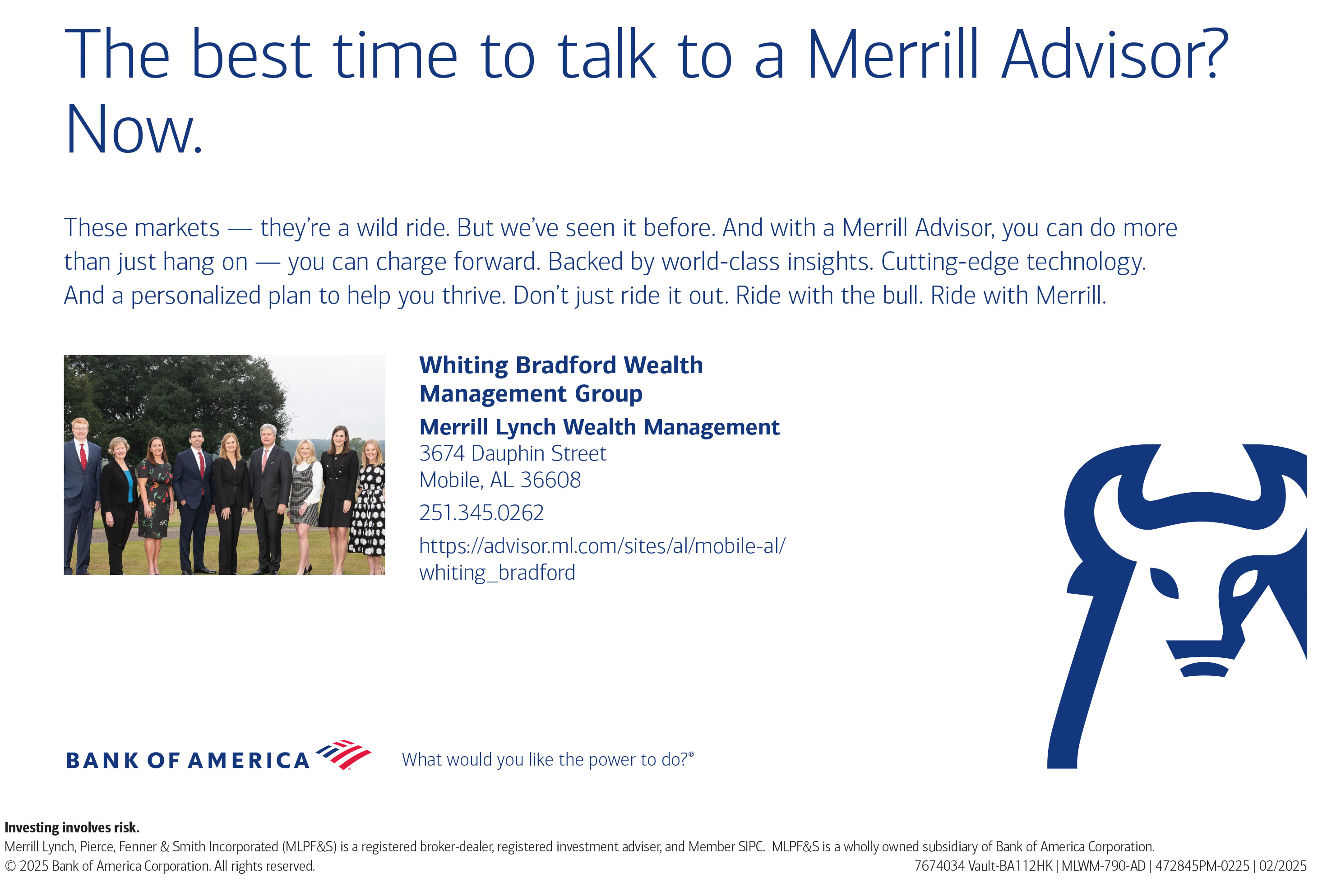
I’ve really enjoyed getting to know Rebecca Dunn Bryant and her architectural firm, WATERSHED. The more we visit, the more I learn how we can better plan ways to tie the Scenic 98 Coastal community together. It turns out that WATERSHED is involved in many wonderful projects from Bayou La Batre and Mobile, to the Eastern Shore and Gulf Shores. It’s just remarkable.
Rebecca is quick to say, “It’s the firm, not just me,” so I will refrain from spotlighting Rebecca, but it’s hard not to. We first met a while back when we did a feature on the American Legion, Post 199 renovation plans when WATERSHED was hired to do the master reconstruction plan. Since that meeting, WATERSHED has been engaged in several area projects that highlight its mission: Working to create healthy buildings and landscapes that conserve energy and resources, while fostering a greater connection to the natural world.

We live in one of the world's most ecologically and bio-diverse areas. We also are one of the fastest growing areas in the United States. What could go wrong, right? We are fortunate that so many organizations in this area, and other parts of the world, have worked hard to marry the growth side of the equation with the conservation side of protecting and preserving our natural resources. This works for all of us to better enjoy what we have.
Rebecca and her team at WATERSHED are planting the seeds to grow our economy while encouraging greater ecological awareness. It’s an economic engine that works for us, not against us. She explains, “ So many people move here because they love to fish, to be on the water, to walk under the live oaks. The natural beauty of this place, which springs from the ecological health of this place, is essential to our quality of life on the coast. So why should we accept this idea that development that destroys nature and erases our sense of place is some kind of necessary sacrifice for a healthy economy? We’ve all been trained to think that is the price of doing business. Nonsense!”

WATERSHED works on a variety of project types, from individual homes and businesses to campuses and public parks. With every building, they design for energy efficiency, resource conservation, a healthy interior environment, and restoring the site’s ecology. Rebecca shares that she also seeks out projects with the potential for a “ripple effect,” demonstrating better ways to build. WATERSHED is currently involved in several projects that have the potential to cause those kinds of ripples, even waves…
One of those projects is the Gulf Coast Center for Ecotourism and Sustainability, adjacent to Gulf State Park. The project is part of several initiatives that aim to grow an ecotourism economy that supports the restoration and preservation of the ecology and culture of the Gulf Coast.
WATERSHED partnered with Architecture Works, of Birmingham, to design the 20-acre wooded campus as a place for school children and tourists to experience gulf coast ecology and learn about sustainable living.
Visitors can go on bicycle or kayak adventures from the campus, or zip-line through a longleaf forest canopy. They can enjoy produce grown on-site, and use a bike-powered compost blender to create fertilizer out of food waste. Other activities include growing tree seedlings for reforestation efforts, nature arts and crafts, foraging wild foods, and restoring landscapes as wildlife habitats. Construction on the new campus is about to kick off this spring, and it will be open for operation in 2024!
WATERSHED is also the architect for the Bayou La Batre City Docks Redevelopment Project, adjacent to Lighthouse Point shoreline restoration, which includes a marina, kayak launch, and a seafood market where locals and tourists can see the fishing boats returning to the docks, purchase seafood directly off the boats, and buy whatever else they might need from the market at the docks. It’s a Boat to Table concept that we can’t wait to see in action!
Moffat and Nichol designed the adjacent Lighting Point Shoreline Restoration that provides the City Docks site protection from hurricanes, enhanced habitat for shrimp, crabs, and fish, and a beautiful destination for paddlers and fishermen. They are the lead engineering firm for City Docks, and engaged WATERSHED to design the buildings, because of WATERSHED’s experience with ecotourism and resilient design.
The goal of the City Docks Redevelopment is to stimulate Bayou La Batre's economy, by giving visitors more ways to engage with the fisherman directly and experience (and taste!) the beauty of the bayou. The project is currently in its final phase of design and is scheduled to begin construction in 2023. The revitalized City Docks will support the growth of both the ecotourism and fishing industries by showcasing Bayou La Batre’s “small town coastal atmosphere and historical heritage as the Seafood Capital of Alabama.”

Back in Fairhope, you may have noticed a steel structure rising on the historic K-1 Center downtown campus. WATERSHED designed this new Outdoor Classroom, with Thompson Engineering and Sherer Engineers, for the Fairhope Educational Enrichment Foundation (FEEF), a 25-year-old program for K-6 grade students to develop a better understanding of the ecology of Mobile Bay and the surrounding waters.
The outdoor classroom will help FEEF to expand their “down by the bay” field trips and other STEAM (Science, Technology, Engineering, Arts and Mathematics) experiential education currently offered at the Pelican’s Nest Marine Science Center. This Outdoor Classroom is Phase One of a new educational campus for FEEF, called the NEST.
Rebecca emphasizes that the NEST is not just for school children. The public can rent NEST facilities for events, or just stroll through the pollinator garden, songbird sanctuary, or bluebird trail to learn how to create habitats in the backyard of their home or business. They will also see “green infrastructure,” like a bioswale, rainwater collection, and “living machines” in action. These LID (low impact development) features will filter and clean stormwater on campus, while “disguised” as decorative landscape elements.
The historic K1 Center is also about to get new life as a home for Hatch Fairhope, an entrepreneurial development center, where new tech companies can network, thrive and create local, high-paying jobs. The revitalization is a partnership between the City of Fairhope and the Baldwin County Community and Economic Development Foundation. WATERSHED is working with Thompson Engineering on a master plan for the revitalization of the historic building and campus that integrates Hatch and the NEST.
When the K-1 Center was still in operation as a school, it was common to see children on field trips, walking through downtown or down to the bay. To many, this was an important reflection and reminder of the community's high value on education. The NEST campus and Hatch Fairhope will similarly showcase and support community values of education, environmental stewardship, and education innovation right in downtown Fairhope.
Explains Rebecca, “We are so excited about the NEST and Hatch not just because we get to bring new life to these old buildings, and engage in environmental education, but because these two projects have such a great purpose. Both NEST and Hatch help Fairhope meet its future, by building key skills and knowledge that our community needs to thrive in a 21st-century economy.”
What are some of Rebecca’s concerns for the growth in our area? “Our climate is changing towards a pattern with more intense storms and longer periods of drought between them. At the same time, we are developing rapidly and replacing the natural systems that are used to absorb and filter our stormwater for free, with impervious surfaces that turn rainwater into pollution.”
“This means we need to start thinking about water differently than we have in the past. We need to get smarter about how we build to manage nuisance flooding, and droughts, and to protect water quality. We need incentives to do better planning and design on the front end. I’d like to see more carrots integrated into our zoning ordinances and building codes. But you need the sticks too”
Habitat loss and biodiversity loss are critical issues, according to Rebecca. “They are one and the same. In a meadow or forest, there are hundreds of ecological niches, and hundreds of different plants and fungi, coexisting on each patch of land. That’s a stark contrast to a typical yard made up of sod and a handful of plants that are not native to this area.”
When you hear about habitat loss on the news, it’s usually a story about the rainforest or the arctic, but the truth is that it’s happening in our own backyards. Most residential subdivisions, while they may have “green space,” are food deserts for native wildlife. As development increases in Baldwin County, and more and more land is converted to ornamental landscapes with introduced species, what happens to the more than two million birds and the monarchs that migrate through here each year?

We can’t think about wildlife habitat as something that only happens in parks, and landscaping as something that’s only for people. It is possible to create beautiful landscapes for homes or businesses that utilize native plants and habitat-friendly features, it just takes a different approach. If you’re interested in making your yard or commercial landscape more wildlife friendly, the South Alabama Land Trust (SALT) has launched a program called Native Habitat Program that is geared toward reconnecting habitats, one yard, one garden at a time.
Anyone with a yard, big or small, can turn it into a natural setting that attracts birds and butterflies and supports sustainable ecosystems. If you meet a certain number of best practices in each category, your yard can be designated “Native Habitat Certified.” Whether or not you are interested in the certification, the program offers great resources that anyone can use to benefit wildlife in their backyard.
The Scenic 98 Coastal communities in which Rebecca and WATERSHED are involved give us hope that we will all be better stewards of the natural resources we have been gifted. In all aspects, we need to “keep the big idea in front of us,” as Rebecca says. “Conservation first. Better practices and more thoughtful designs that relate to each specific site’s relationship to the sun, the rain, the wind, and wildlife.”
There is so much more to this story. I hope everyone is paying attention to the positive impact WATERSHED and Rebecca are having along the Scenic 98 Coastal area we love.
























